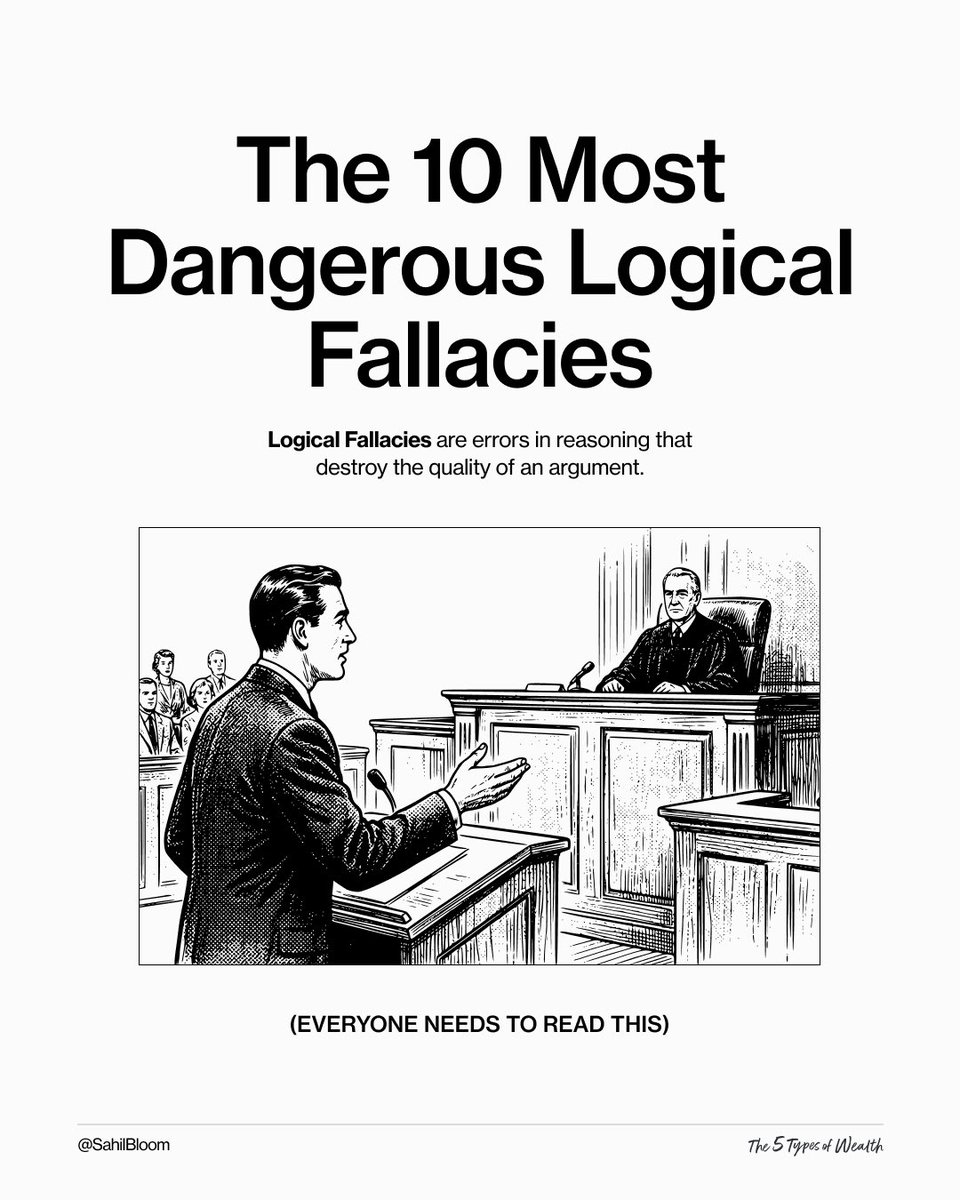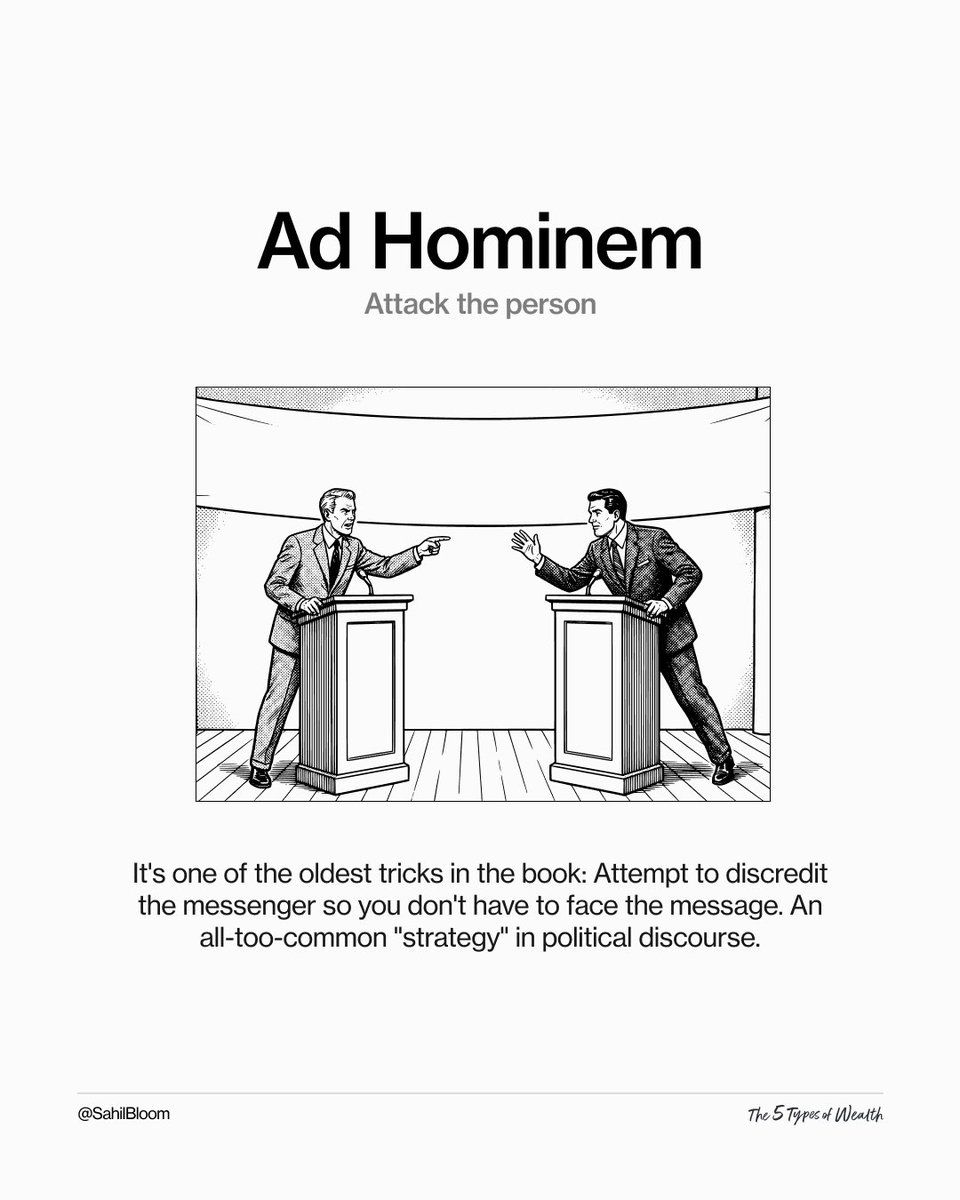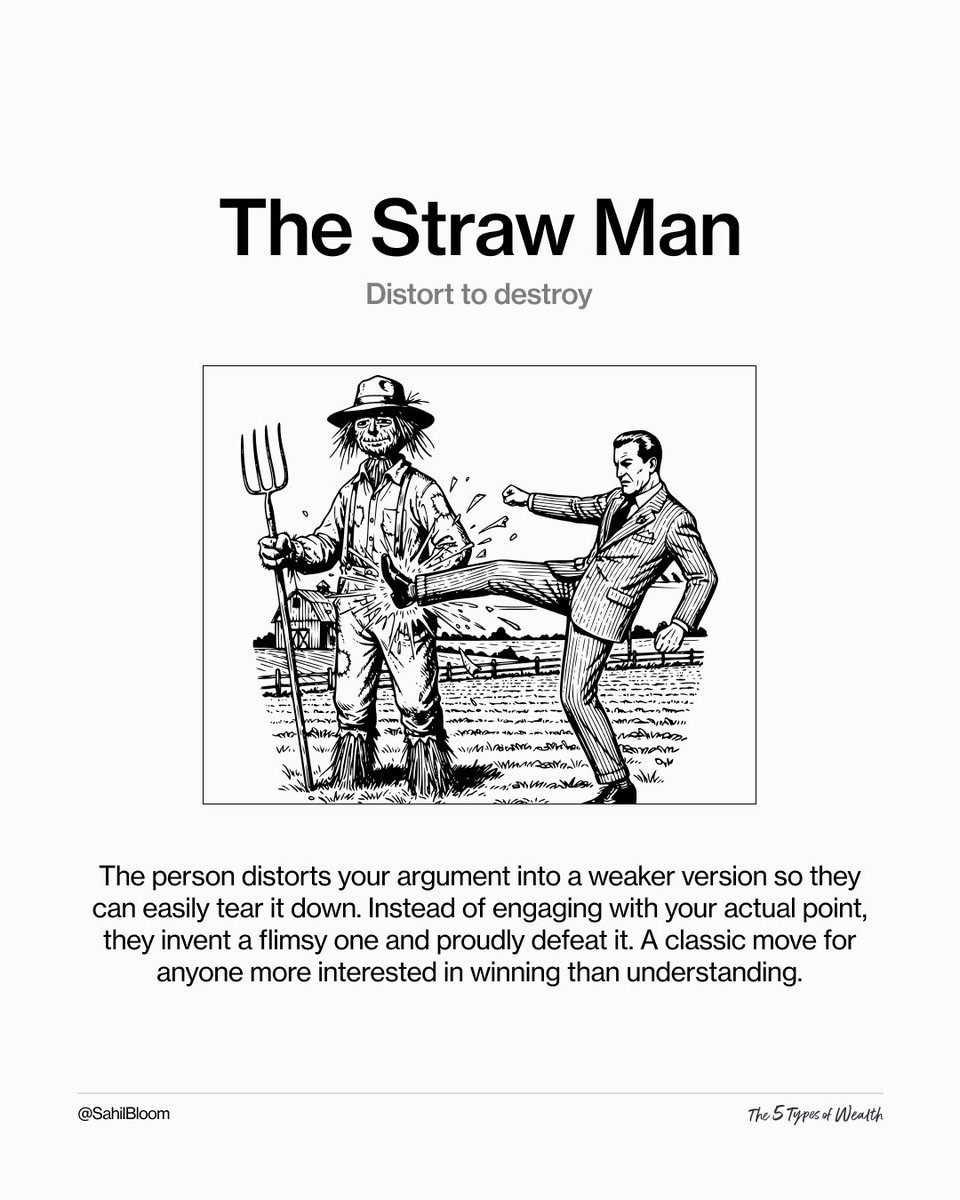MSCHF is making shirts that illegally use the logos of major companies.
The Cease & Desist Grand Prix: 8 different shirts—250 of each. If that company is the first to send a C&D, the buyers of that shirt win!
$120K in revenue—MILLIONS in earned media.
Here's a breakdown:
The Cease & Desist Grand Prix: 8 different shirts—250 of each. If that company is the first to send a C&D, the buyers of that shirt win!
$120K in revenue—MILLIONS in earned media.
Here's a breakdown:

MSCHF is an interesting company—an art collective that does crazy, limited edition product drops that sell out in minutes.
Some of their prior work:
• Nike “Jesus Shoes”
• Museum of Forgeries
• Lil Nas X “Satan Shoes”
The drops are as creative as they are profitable.

Some of their prior work:
• Nike “Jesus Shoes”
• Museum of Forgeries
• Lil Nas X “Satan Shoes”
The drops are as creative as they are profitable.


MSCHF doesn't shy away from controversy.
Its drops often draw the ire of corporate legal teams, who protest the illegal use of their brands.
MSCHF complies, but only after generating millions in earned media on the drop.
MSCHF is intimately familiar with the Cease & Desist...
Its drops often draw the ire of corporate legal teams, who protest the illegal use of their brands.
MSCHF complies, but only after generating millions in earned media on the drop.
MSCHF is intimately familiar with the Cease & Desist...
Today’s drop—the Cease & Desist Grand Prix.
8 shirts with an illegal logo: Disney, Microsoft, Tesla, Walmart, Subway, Starbucks, Coke, Amazon.
250 of each shirt. $60 per shirt.
If you buy a shirt and that company is the first to send a C&D, you win a limited edition MSCHF hat.
8 shirts with an illegal logo: Disney, Microsoft, Tesla, Walmart, Subway, Starbucks, Coke, Amazon.
250 of each shirt. $60 per shirt.
If you buy a shirt and that company is the first to send a C&D, you win a limited edition MSCHF hat.
The execution is diabolical.
When you open the website, you are greeted by a simple explanation of the drop.
A background video of F1 cars superimposed with Cease & Desist letters plays on a loop.
A ticker reads "no C&D received yet" on the edge of the screen.
When you open the website, you are greeted by a simple explanation of the drop.
A background video of F1 cars superimposed with Cease & Desist letters plays on a loop.
A ticker reads "no C&D received yet" on the edge of the screen.
Once you click "Start Race" you are taken to a new landing page with a rotating image of the shirt cycling through the various company logo options.
A dynamic "race leaderboard" shuffles on the screen as though you are watching a real Grand Prix.
A dynamic "race leaderboard" shuffles on the screen as though you are watching a real Grand Prix.
As you scroll through the shirt options, there are two buttons under each one:
(1) Buy to Join Race
(2) Provoke [X] to C&D us
If you click the second button, you are taken to Twitter with a pre-loaded tweet tagging the company and linking to the website.
(1) Buy to Join Race
(2) Provoke [X] to C&D us
If you click the second button, you are taken to Twitter with a pre-loaded tweet tagging the company and linking to the website.
MSCHF has prioritized embedded virality with this drop.
When you click the "Buy to Join Race" button, you are taken to a pop-up window that again prompts you to tweet directly at the company.
It's very clear that MSCHF is playing different games.
So what's the bigger game?
When you click the "Buy to Join Race" button, you are taken to a pop-up window that again prompts you to tweet directly at the company.
It's very clear that MSCHF is playing different games.
So what's the bigger game?
Well, the basic math here is pretty simple:
8 shirts x 250 of each x $60 per shirt = $120,000 revenue
Assuming production costs of ~$20 per shirt ($40,000 total) and ~$10 per hat ($2,500 total), MSCHF netted ~$77,500 on the drop.
But that nice margin is just the beginning...
8 shirts x 250 of each x $60 per shirt = $120,000 revenue
Assuming production costs of ~$20 per shirt ($40,000 total) and ~$10 per hat ($2,500 total), MSCHF netted ~$77,500 on the drop.
But that nice margin is just the beginning...
The entire drop is designed to go viral.
Tweets that tag the big company and share the website will accelerate.
Shirts will be posted all across social media when received.
The buzz will undoubtedly drive stories in a variety of publications.
MILLIONS in earned media!
Tweets that tag the big company and share the website will accelerate.
Shirts will be posted all across social media when received.
The buzz will undoubtedly drive stories in a variety of publications.
MILLIONS in earned media!
Beyond the $, the drop is a call to thumb the nose at big corporations.
From the manifesto:
"Independent creators can never fight real legal action with a corporation: they can’t afford it...'if the penalty for a crime is monetary, that law exists only for the lower class.'"
From the manifesto:
"Independent creators can never fight real legal action with a corporation: they can’t afford it...'if the penalty for a crime is monetary, that law exists only for the lower class.'"

I'm intellectually fascinated by MSCHF and this drop. It is both hilariously illegal and hilariously creative.
• $120K revenue; $75K profit
• Millions in earned media
• Thumb nose @ big corps
This was MSCHF Drop #68. I can't imagine what they have in store for Drop #69...
• $120K revenue; $75K profit
• Millions in earned media
• Thumb nose @ big corps
This was MSCHF Drop #68. I can't imagine what they have in store for Drop #69...
There are so many interesting extensions here as well.
In future, I could imagine seeing MSCHF partner with @Kalshi to create markets on these drops, so we can all participate even if we aren't lucky enough to get a shirt.
The digital asset potential is similarly immense.
In future, I could imagine seeing MSCHF partner with @Kalshi to create markets on these drops, so we can all participate even if we aren't lucky enough to get a shirt.
The digital asset potential is similarly immense.
I’m going to try to buy one. I like Disney to win the race, but a Tesla shirt would be great.
What do you think @elonmusk?
Stay tuned as this drop seems certain to catch fire!
What do you think @elonmusk?
Stay tuned as this drop seems certain to catch fire!

And be sure to tune in to my new podcast—Where It Happens—where we will have to cover this drop in a special episode…whereithappens.trwih.com
For more, check out the drop here: cdgrandprix.com
This is easily the best way any brand could respond…kudos @SUBWAY!
https://twitter.com/subway/status/1485783404385902595
I think @SUBWAY won this entire game. Touché, touché.
https://twitter.com/subway/status/1486475878062301185
• • •
Missing some Tweet in this thread? You can try to
force a refresh






















